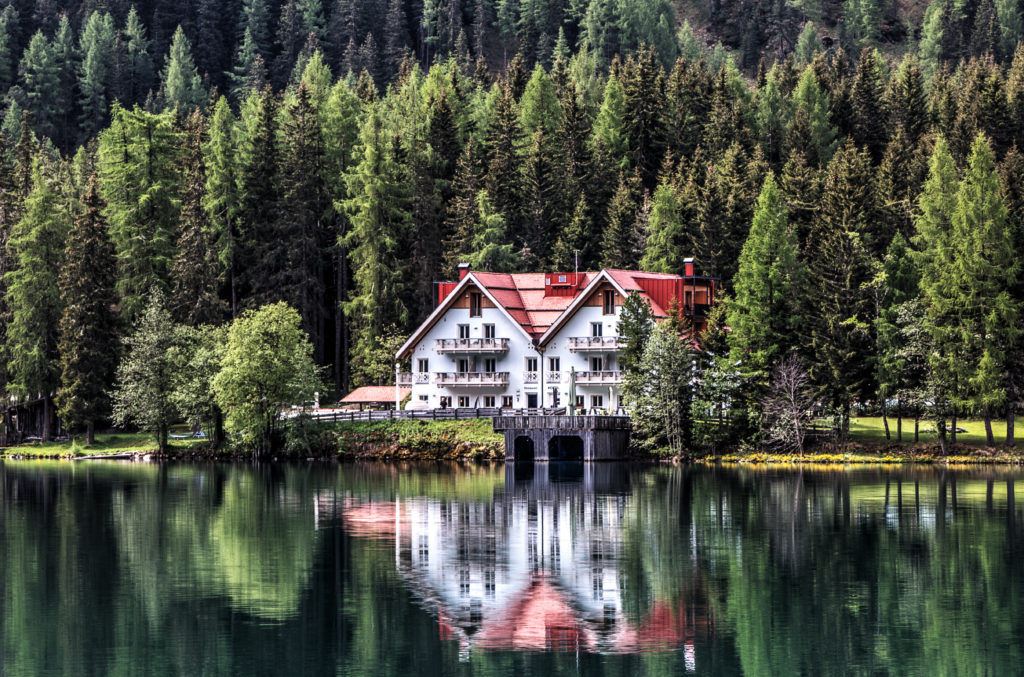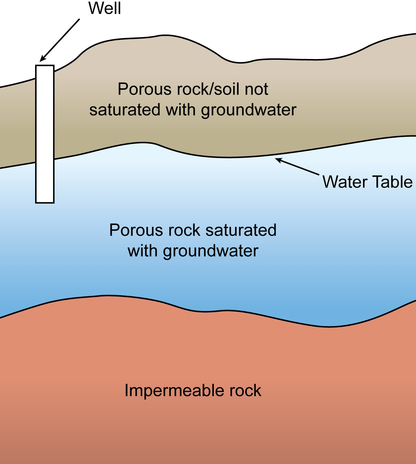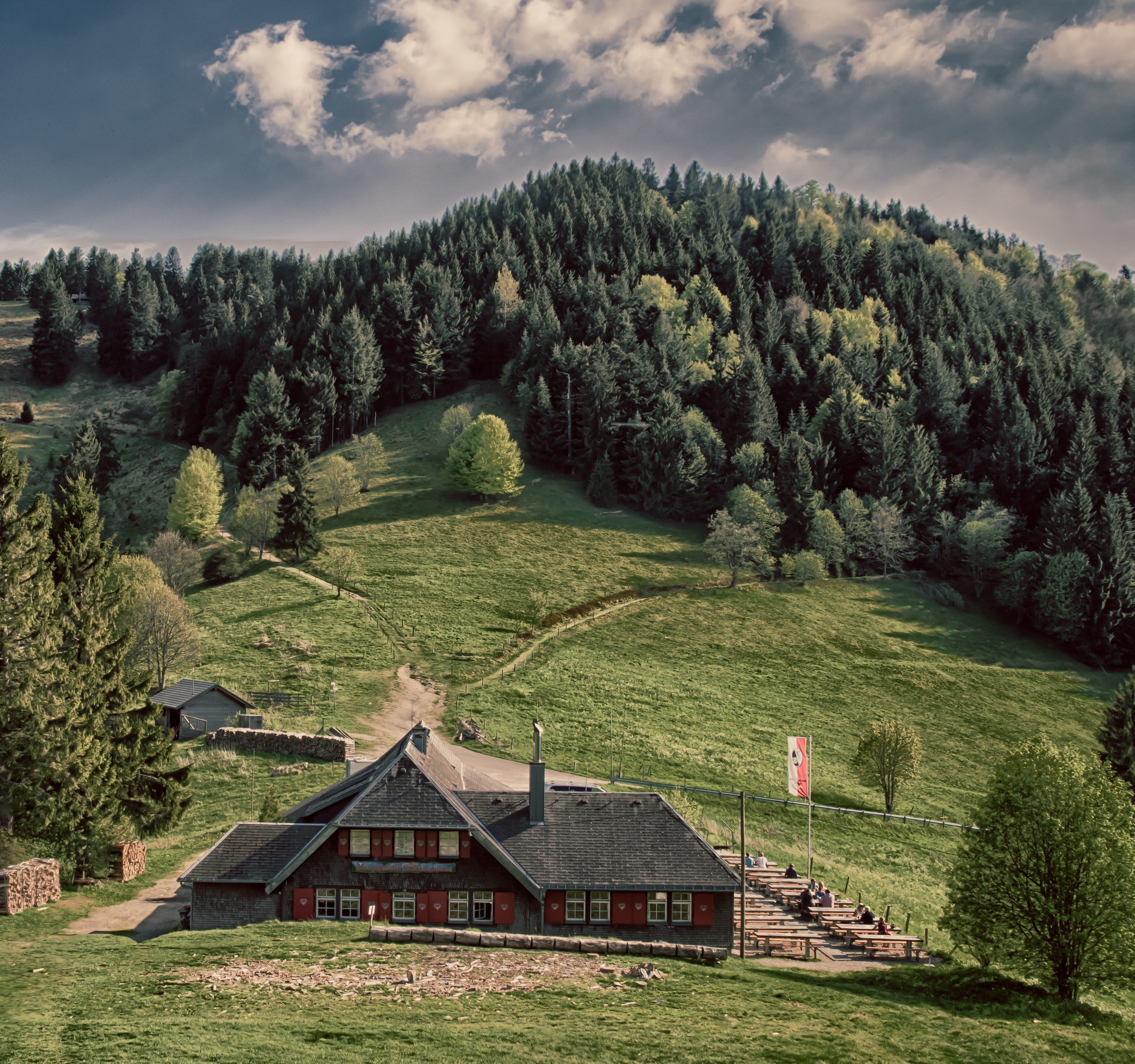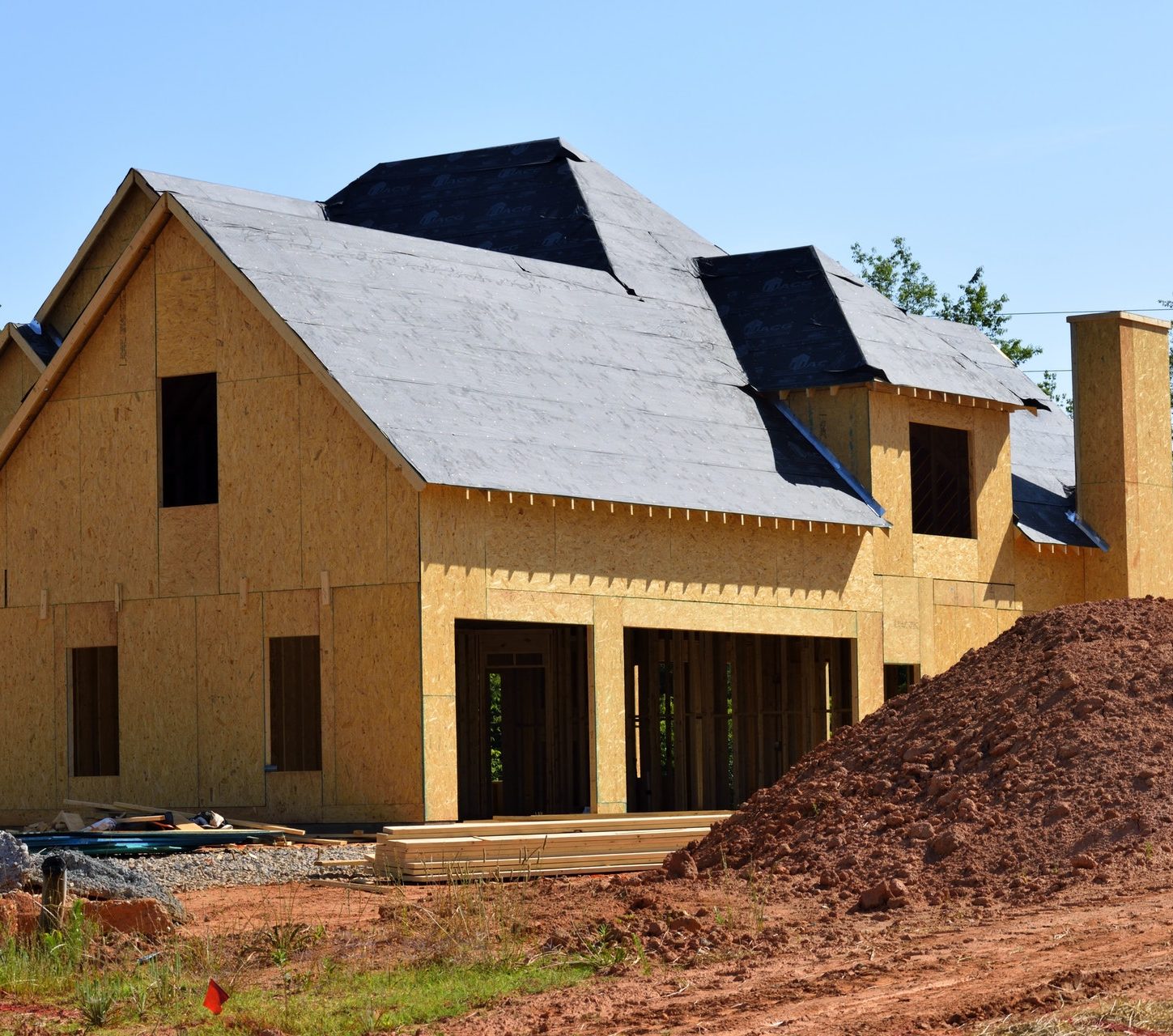Waterproofing High-Risk Homes

Waterproofing can be easy when you’re in a great area. In a place with the right soil, the right gradient, and the right landscaping, waterproofing can be a breeze, because you don’t need more than the basics!
But not everyone lives in a home in an optimal area. Surrounding landscapes can complicate things, and often mean that altering them will be out of your control. Not only that, but major weather events can squeeze your basement. Here’s what to watch out for so you can see whether or not your basement or foundation sits in a high-risk area!
 On Top of a Water Table
On Top of a Water Table
It doesn’t matter how far beneath your foundation the water table may be – if you’re on one, it could mean trouble. It can look dry upon excavation but could rise during heavy rain periods. The rising water squeezes the foundation’s walls, resulting in leaks and costly repair bills.
Even after the water level falls, some could stay at your foundation’s level (called “perching”), causing dampness and moisture to sit next to the walls. This can cause deterioration of the walls and mold. Having solid foundational protection around the walls via round-stone treatment can protect your home from a perched water table.
 Built on a Slope
Built on a Slope
Sometimes, homes are built on sloped ground, and whether it’s a gentle gradient or a steep incline, you’ll want to deal with any water running down toward you. Your home should be built like it’s the peak of a mountain; the ground around should slope away from the “peak” that is your house. Any heavy rainwater flowing down toward your house or basement level will cause problems for your foundation.
If you’re building on a slope, ensure you’re protected as much as possible. You can use a retaining wall and have a weeping tile system that drains out of the slope. Strong barriers provided by round-stone treatment can help water keep on moving by your house!
 New Homes… Anywhere: Foundation Settling
New Homes… Anywhere: Foundation Settling
Settling is part of any new home experience – until we start building homes in outer space, gravity will continue to exert a force on everything- including new builds. Your foundation will endure natural stresses over time and will sink even further into the ground. Often times, it’s nothing to worry about! There’s not a whole lot you can do about the natural expansion and contraction of soil.
It’s still important to know the difference between settling and actual foundation problems. Any small cracks in the basement could just be settling, but they should still be checked to see if there are any further issues to the exterior. Serious issues include water leakage, large wall cracks, and even problems with your home’s roof. These all indicate that the foundation isn’t settling, but rather shifting and squeezing the structure.
Often times you won’t know you’re in a high-risk area until something bad happens. Not everyone can be an expert at local soil, water tables, or other specific geographical topics. If you’re stuck for a solution, call us today! We can give you expert waterproofing advice and scope out possible solutions to problems that might seem beyond your control.
